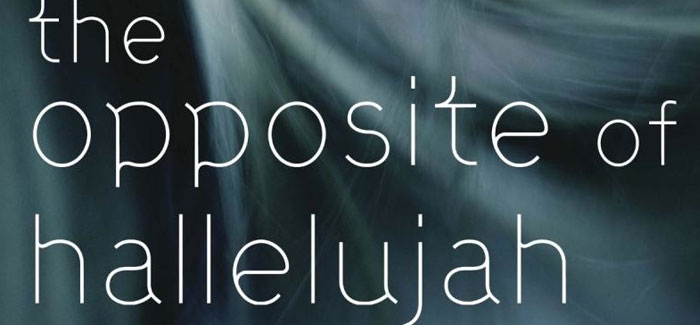
The Opposite of Hallelujah by Anna Jarzab, AM’07
Arapaho Women’s Quillwork: Motion, Life, and Creativity
Jeffrey D. Anderson, AM’81, PhD’94
Author
Until the early 20th century, porcupine quillwork was practiced by many indigenous cultures in North America. For the Arapahos of the Great Plains and Rocky Mountains, quillwork played a central role in religious tradition and appeared on everyday objects such as robes, pillows, and moccasins. Jeffrey Anderson argues that Arapaho women created quillwork to become central participants in their tribe’s ritual life, often considered the exclusive domain of men. He also explores how quillwork challenges Western concepts of art and creativity, prizing meticulous repetition and social connections over individual creativity.
The Selected Letters of Elizabeth Stoddard
Jennifer Putzi and Elizabeth Stockton, AM’97
Editors
A magnetic figure in 19th-century New York literary and artistic circles during her lifetime, Elizabeth Stoddard (1823–1902) counted William Dean Howells and Nathaniel Hawthorne among the admirers of her fiction, poetry, and newspaper writing. Jennifer Putzi and Elizabeth Stockton spent years sorting through more than 700 of Stoddard’s letters scattered across 18 different archives. They chose 84 to annotate for this collection. The letters provide a window on Stoddard’s life that complicates earlier representations of her as either a literary handmaiden to her then more famous husband, Richard Henry Stoddard, or as a “pythoness” with a difficult personality.
Anna Jarzab, AM’07
Author
Anna Jarzab’s young adult novel follows the story of high school student Caro Mitchell, whose older sister has returned home to Chicagoland unexpectedly after eight years at the Sisters of Grace convent in Indiana. Accustomed to life as a de facto only child, Caro is confused by Hannah’s sudden reappearance and stubborn secrecy. But as she learns more about Hannah’s past, the sisters’ relationship is transformed.
Frederick Starr: Popularizer of Anthropology, Public Intellectual, and Genuine Eccentric
Donald McVicker, AB’55, AM’62, PhD’69
Author
University of Chicago professor of anthropology Frederick Starr (1856–1933) is today remembered less for his work than for his international celebrity, unconventional behavior, and provocative, sometimes outlandish, statements. In this biography, Donald McVicker considers Starr’s career in the context of the times, arguing that his mission to bring anthropology to the public was as valid and significant as the work of contemporaries like Franz Boas to professionalize it.
Jennifer Chiaverini, AM’92
Author
Born a slave, Elizabeth Hobbs Keckley (1818–1907) was a skilled dressmaker with a devoted clientele. After purchasing her freedom, she became the personal seamstress to Mary Todd Lincoln. Jennifer Chiaverini’s historical novel illuminates the close relationship between Keckley and Lincoln, which began in the White House during the Civil War and endured almost—but not quite—to the end of Lincoln’s life.
Nuclear Statecraft: History and Strategy in America’s Atomic Age
Francis J. Gavin, AB’88
Author
The United States is making big bets in the nuclear arena and those calculations could have lasting consequences for world politics, argues Francis Gavin. By examining recently declassified documents, Gavin traces the origins of today’s nuclear world. Aiming to influence future policy making, he evaluates Cold War strategies; the influence of nuclear weapons during the Berlin crisis of 1961; the reasoning behind US nonproliferation policy; and today’s most pressing nuclear concerns.
Stolen Seas: Tales of Somali Piracy
Thymaya Payne, AB’99
Director
In November 2008, Somali pirates wielding assault rifles climbed aboard the CEC Future, a Danish shipping vessel, and seized control. In this documentary, director Thymaya Payne chronicles the ensuing hostage negotiation, which lasted 70 tense days. Audio recordings and found video capture haggling between the ship’s stoic owner and the pirates’ loquacious negotiator, who develop an unlikely friendship.
Spectacular Wickedness: Sex, Race, and Memory in Storyville, New Orleans
Emily Epstein Landau, AB’93
Author
From 1897 to 1917, the New Orleans red light district Storyville commercialized and thrived on the city’s reputation for debauchery and sexual excess. Emily Epstein Landau examines Storyville’s social history during the post-Reconstruction era through a diverse cast of characters, including the influential madam Lulu White. Storyville, Landau argues, was a stage on which cultural fantasies of white supremacy and patriarchal power played out.
